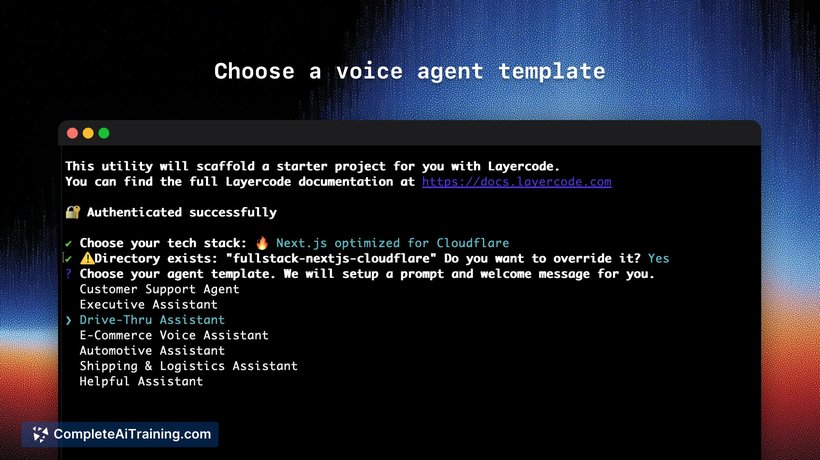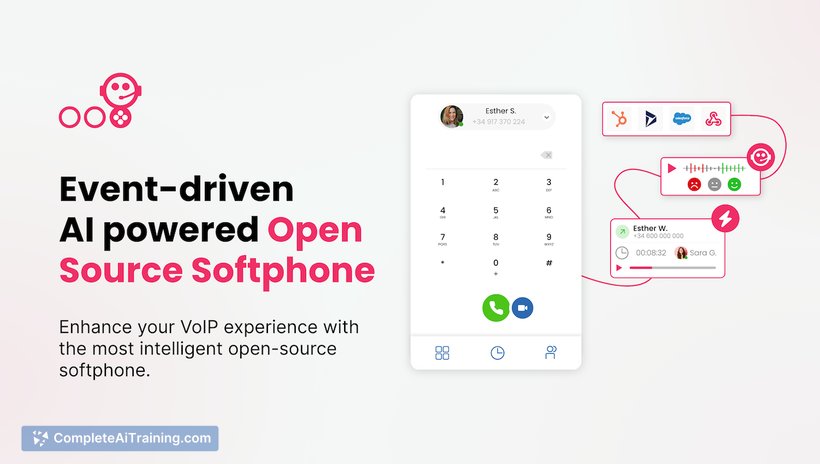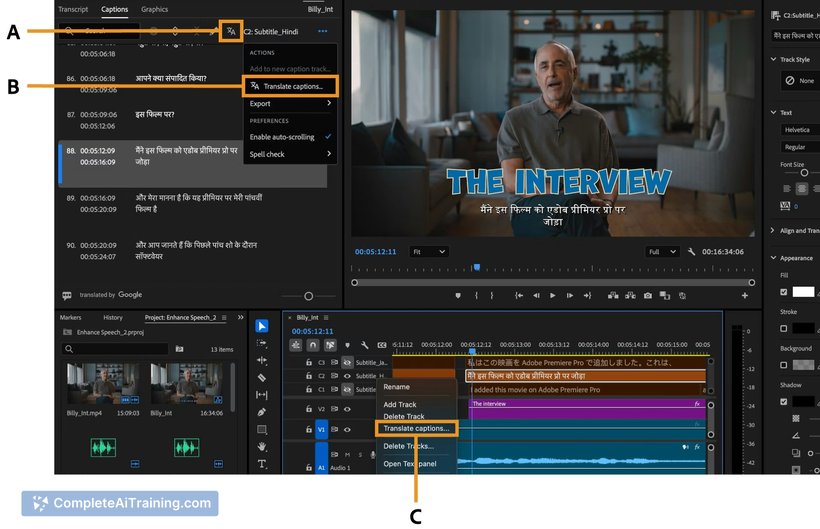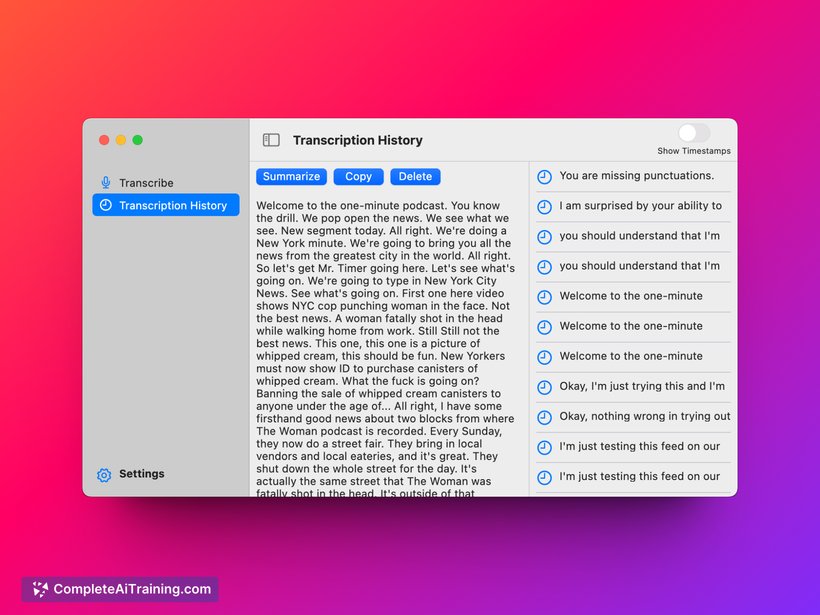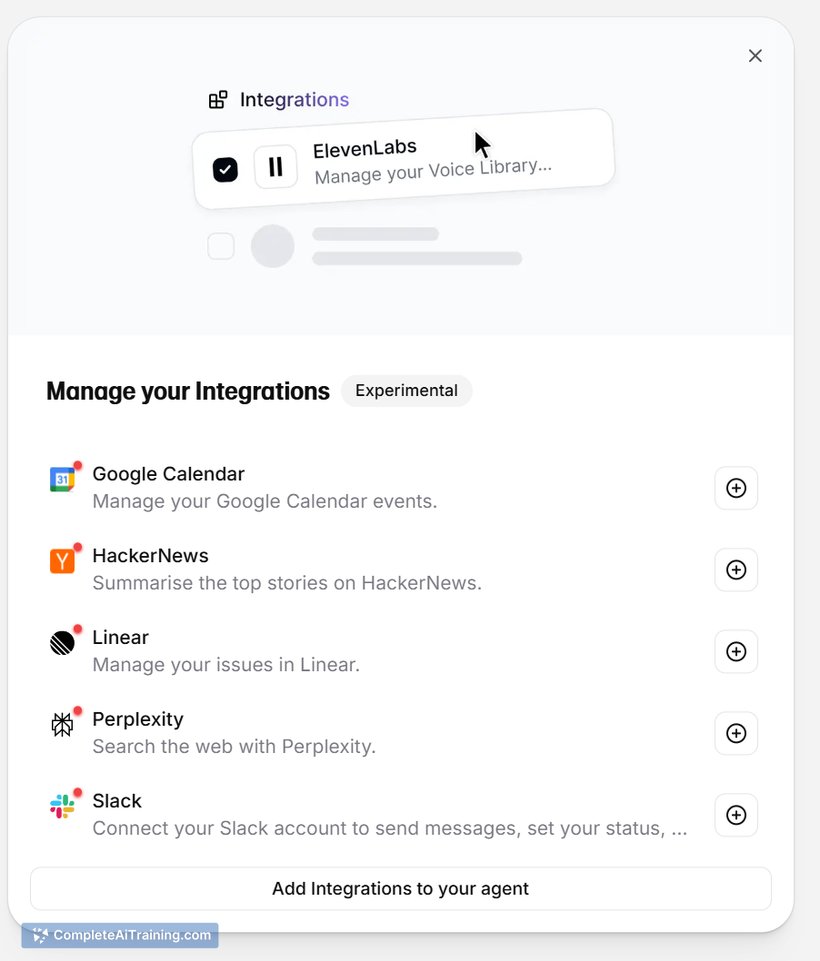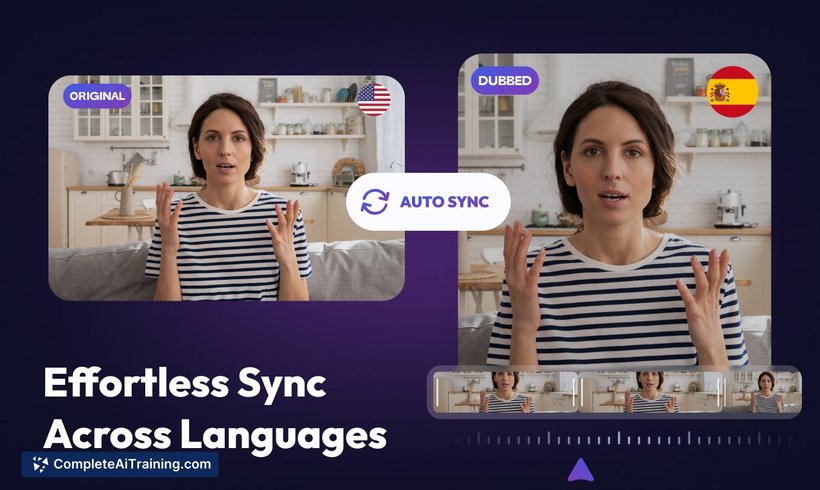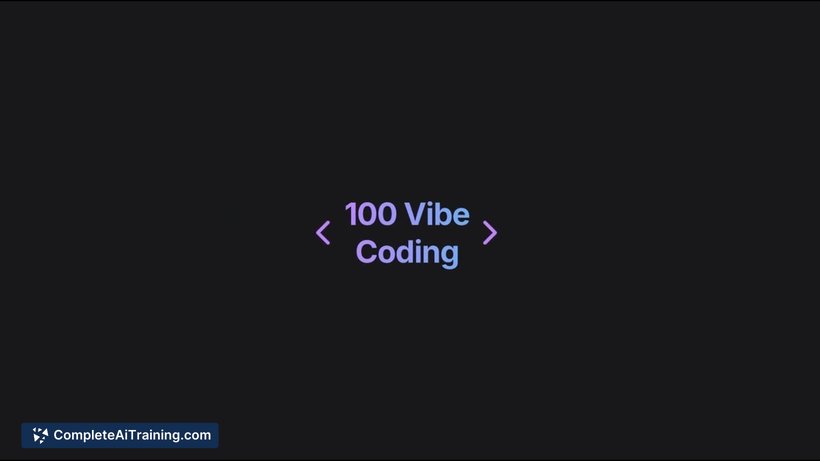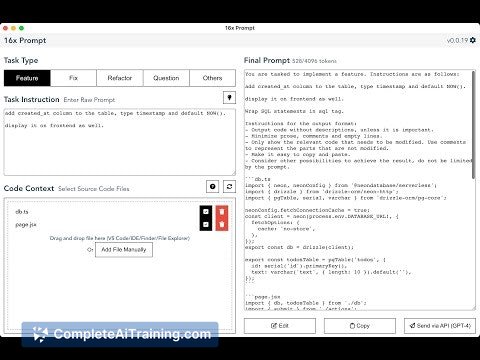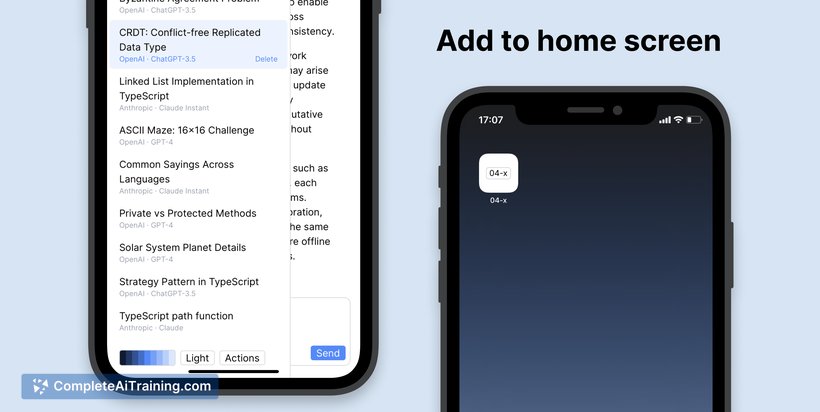About Layercode CLI
Layercode CLI is a command-line tool for building voice AI agents quickly from your terminal. With a single command it scaffolds a project, sets up tunneling and webhook URLs, and prepares deployment to a global edge network so you can prototype and iterate fast.
Review
Layercode CLI focuses on making voice agent development faster by automating common setup steps like authentication, local tunneling, and sample backends. It provides built-in real-time speech-to-text, text-to-speech, turn-taking, and low-latency audio delivery to an edge network, which helps shorten the path from idea to working demo.
Key Features
- One-command initialization (e.g., npx @layercode/cli init) that scaffolds a voice agent project and configures local development links.
- Built-in tunneling and automatic webhook setup for local testing without manual ngrok-style configuration.
- Real-time STT and TTS, turn-taking support, and low-latency audio delivery via a global edge network.
- Multiple templates (seven at launch) covering common agent types like customer support, e-commerce voice assistants, and helpful assistants.
- Flexible model selection from the agent dashboard and a usage model that charges only for speech (silence is free).
Pricing and Value
Layercode CLI follows a usage-based approach where you pay for speech processing rather than idle time; silence is not billed. There are free options and an early-stage program that includes $2,000 in credits, developer support, and priority access to new features for qualifying startups. For teams evaluating voice experiences, the combination of quick setup and pay-for-speech billing can reduce prototype costs and speed testing across geographies via edge delivery.
Pros
- Very fast onboarding: create a working voice agent with a single command and minimal manual setup.
- Local development conveniences such as automatic tunneling and webhook configuration streamline iteration.
- Low-latency audio and global edge deployment help provide smoother conversational interactions for distributed users.
- Template library and easy model switching make prototyping different agent types straightforward.
- Cost model that charges only for speech can be economical for many experiment-driven workflows.
Cons
- Currently optimized for new projects; connecting complex existing backends may still require manual work or additional integration effort.
- Template set is limited at launch (seven), so highly specialized use cases may need custom templates or more configuration.
- As a newly launched CLI, some advanced features and integrations are still on the roadmap and may not be available yet.
Layercode CLI is well suited to developers and small teams who want to prototype voice agents quickly, test conversational flows, and evaluate real-world latency using global edge delivery. Larger organizations or projects with extensive legacy backends should plan for some integration work, but teams building new voice-first experiences will find the CLI an efficient way to get started.
Open 'Layercode CLI' Website
Your membership also unlocks:

